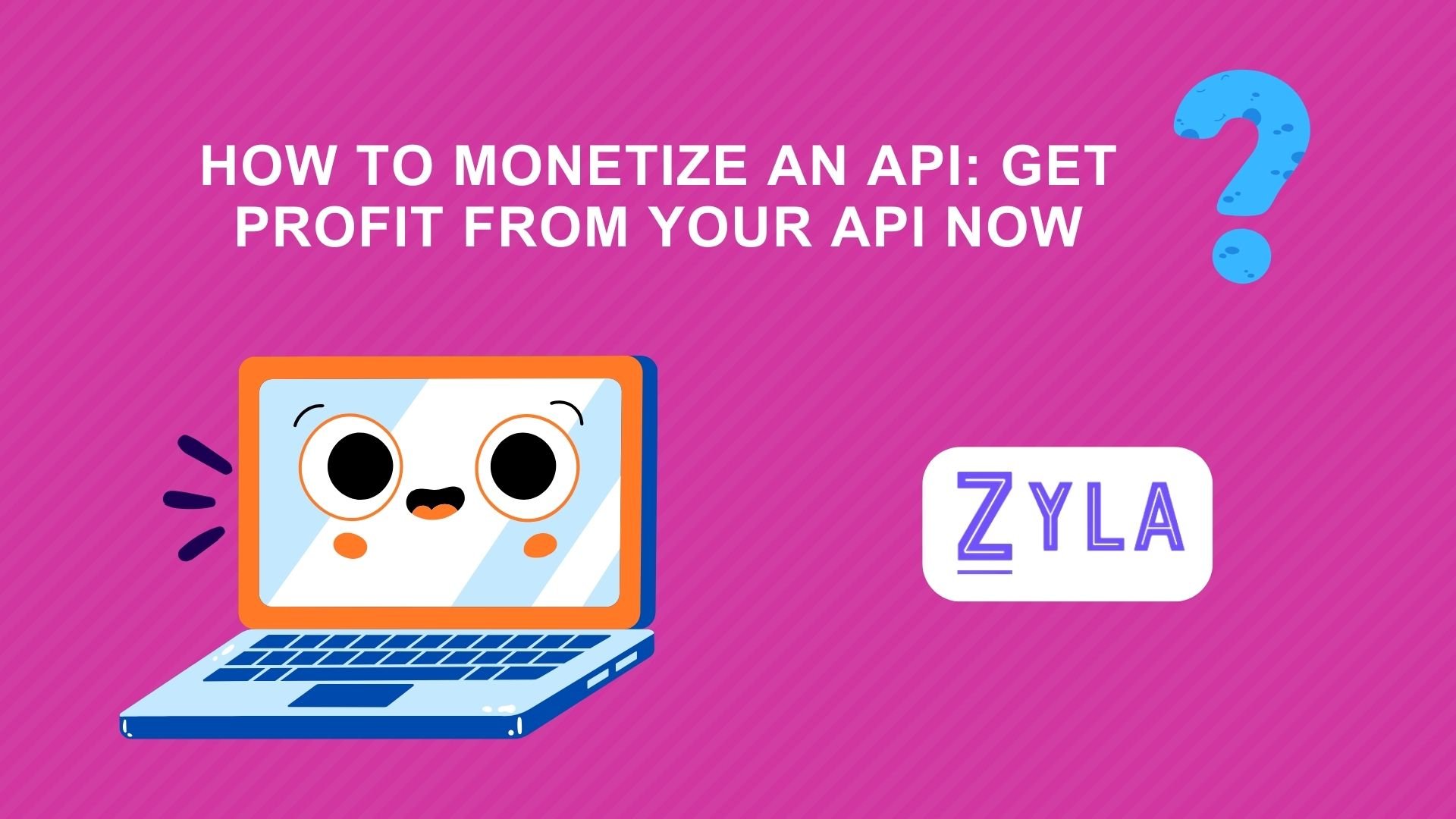How To Monetize An API: Get Profit From Your API Now

In today's digital landscape, API Monetization has emerged as a pivotal strategy for businesses looking to leverage the full potential of their digital assets. If you want to know How To Monetize An API, and why is it so crucial in the realm of modern business operations, keep reading!
How To Monetize An API
API Monetization is the technique of generating funds via Application Programming Interfaces (APIs). Essentially, it entails converting APIs into profit-generating assets by selling them or providing them as a service to other developers or enterprises. This can be accomplished through a variety of API monetization tactics and models adapted to individual corporate goals and market demands.
The importance of API monetization cannot be emphasized in today's extremely competitive business environment. Organizations that efficiently monetize APIs can unleash new revenue sources, improve consumer engagement, and gain a competitive advantage in their sectors. Furthermore, API Monetization enables the development of creative business models, promotes collaboration across developer communities, and supports overall corporate growth.
Common Misconceptions
Despite its growing prominence, there are several misconceptions surrounding API Monetization that need to be addressed. One common misconception is that it is solely about charging developers for API usage. However, API Monetization encompasses a much broader spectrum of strategies and approaches, including offering APIs as a service, partnering with third-party platforms, and exploring licensing opportunities.
Zyla API Hub
It was built after understanding that developers face similar issues when integrating many APIs into their projects. They propose addressing these concerns by developing an API hub that includes a single account, API key, and SDK. Its goal is to give developers with tools that simplify their work, allowing them to concentrate on what they do best: creating.
Here's How to Begin Using It:
To sign up, visit https://zylalabs.com/register. Fill out the registration form with all essential information. You will receive a verification email at the address you supplied; simply click on the link to activate your account.
Selecting "Register with Google" will expedite the sign-up procedure. Simply follow the instructions below to connect your Google account to the Zyla API Hub. If you want to utilize your current GitHub credentials, simply click "Register with GitHub" to merge your accounts. Visit https://zylalabs.com/api-marketplace/top-search/Short%20URLs%20API to find the Short URLs APIs that fit your requirements.
Test Endpoint Button
1) Locate the API you wish to test on your dashboard. Simply click on the API name to see its own page. This page contains detailed API information, including endpoints, documentation, and usage instructions.
2) Before you begin testing, ensure that you have subscribed to the API of your choosing. Take advantage of any seven-day free trial that is available. Please keep in mind that the free trial provides only one API from the hub. Each API in the hub includes a test function. Once on the API page, there is a section for testing. Here, you can specify parameters (if needed) and click the "Test Endpoint" button.
3) After testing, visit the website to get the results. You'll learn more about the API response, allowing you to determine its functionality and applicability for your project. Remember that each API request made while testing is subtracted from your subscription plan. Keep informed by examining your usage data on the dashboard.
Explore a diverse set of APIs that provide real-time flight status, tracking information, airports, schedules, timetables, IATA codes, and more. A simple user interface makes it easy to select the optimal API for your needs. A single account, API key, and SDK can simplify your API interactions. No more managing several credentials or dealing with complicated setups. It improves the procedure's efficiency and user friendliness.





